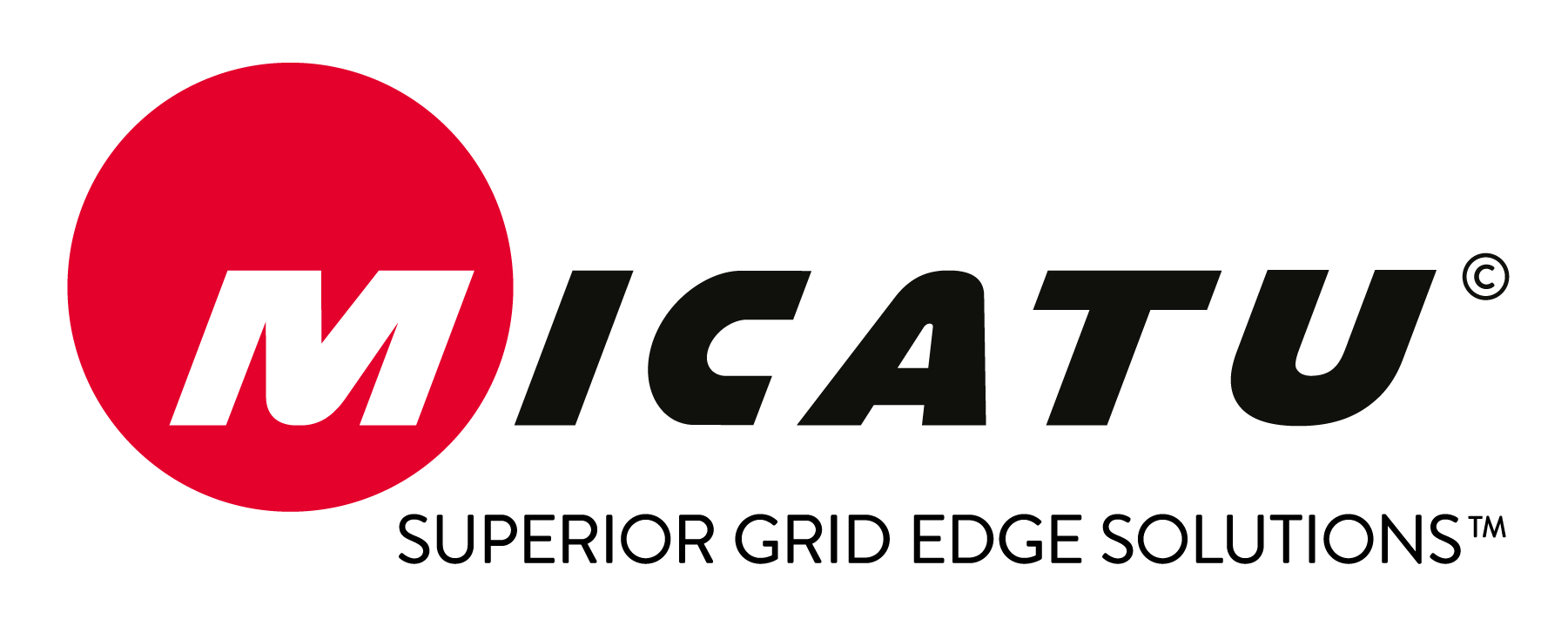The Operational Intelligence Utility Operators Will Need to Successfully Transition To Renewable Energy
2 minute read
A successful transition to renewable energy by utility operators hinges on operational intelligence, the ability to gather, analyze, and apply data in real-time to optimize decision-making. Here are some key areas where this intelligence will be crucial:
- Grid Management and Stability: Early detection of equipment issues allows for proactive maintenance, preventing service disruptions and costly repairs.
- Renewable integration: Balancing the variable nature of solar and wind with traditional sources like coal and gas requires real-time data on weather forecasts, generation output, and grid demand. AI and machine learning can predict fluctuations and suggest adjustments to generation mix, storage utilization, and demand-side management, but real-time edge data is the intelligence foundational to its application.
- Microgrid management: As distributed energy sources like rooftop solar proliferate, managing localized grids efficiently necessitates comprehensive data on local generation, consumption, storage capacity, and operations of the grid-edge.
- Asset Optimization and Predictive Maintenance: Precise asset data guides targeted management, lowering operational costs and boosting grid performance.
- Renewable asset monitoring: Continuous monitoring of wind turbines, solar panels, and battery storage systems with sensors and AI-powered analytics can predict and prevent failures, reducing downtime and maintenance costs.
- Optimized scheduling: Data-driven insights can optimize maintenance schedules based on asset health, weather conditions, and grid needs, maximizing uptime and resource allocation.
- Regulatory Compliance and Market Participation: Sensors seamlessly integrate with distributed energy resources like solar and wind, facilitating their smooth integration into the grid.
- Dynamic market participation: Real-time data on energy prices, carbon regulations, and renewable energy certificate (REC) markets will be crucial for utilities to optimize their participation and maximize revenue.
- Compliance adherence: Data management and analytics platforms can ensure seamless compliance with evolving regulations and reporting requirements for renewable energy sources.
- Customer Engagement and Proactive Communication: Continuous monitoring strengthens grid resilience against cyber threats, safeguarding critical infrastructure.
- Customer energy insights: Utilizing smart meter data and analytics, utilities can offer personalized energy insights and recommendations to customers, fostering engagement and promoting energy efficiency.
- Outages and disruptions: Proactive communication based on real-time data during outages and disruptions can enhance customer satisfaction and trust.
Enabling Technologies:
- Sensors and IoT: Extensive sensor networks on infrastructure and assets will provide real-time data for monitoring and analysis – particularly along the grid-edge where most of the electricity demand is fulfilled.
- Advanced analytics and AI: Machine learning algorithms will process vast amounts of data to glean insights, predict trends, and automate decision-making. However, this technology is dependent upon a reliable source of grid-edge performance data in a fidelity and volume for real-time resolution.
- Big data platforms and cloud computing: Secure and scalable data platforms will be needed to store, manage, and analyze massive datasets.
By embracing operational intelligence and these key areas, utility operators can navigate the complexities of the renewable energy transition, ensuring grid stability, optimizing asset performance, complying with regulations, engaging customers, and ultimately building a more sustainable and resilient energy future.

